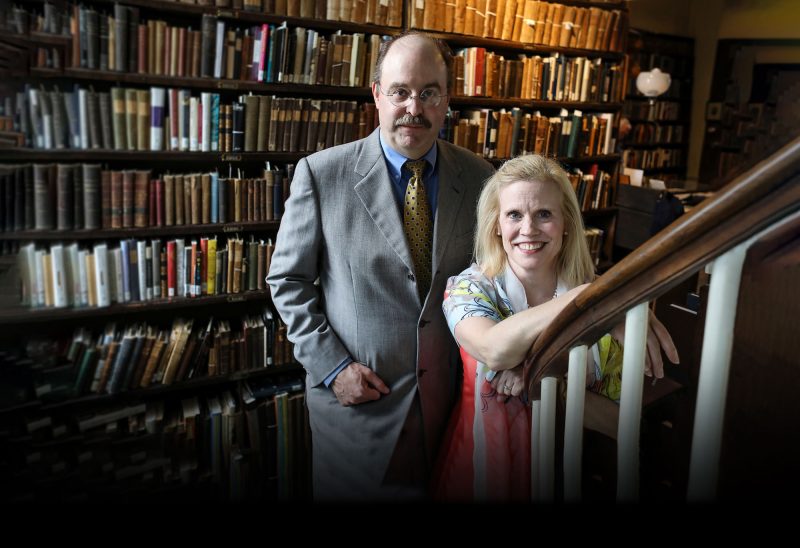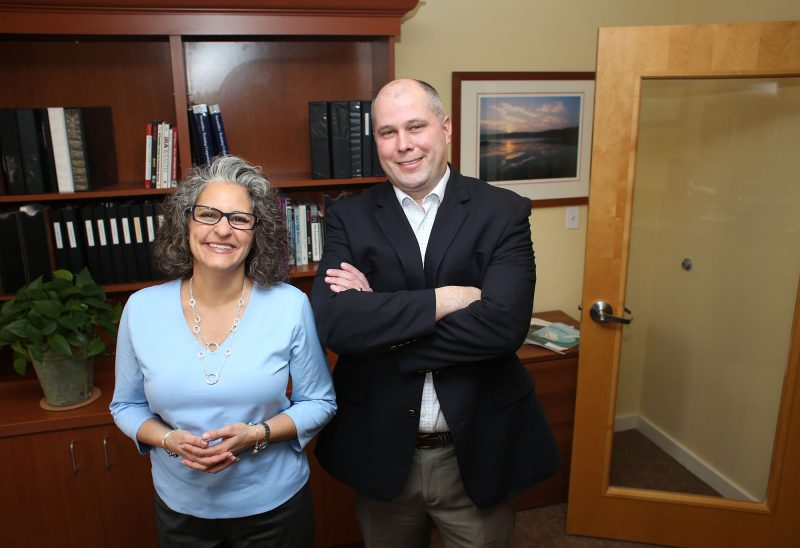Attorneys and wealth advisors who work with generous people are wise to use all the tools available to help their clients maximize the impact of their charitable giving. With that in mind, here are some things to know about the planned sunset of the Tax Cuts and Jobs Act.
Without legislation to prevent it, the sunsetting of the Tax Cuts and Jobs Act may have a significant impact on income and estate taxes. As currently written, the sunset at the end of 2025 will dramatically reduce the federal estate tax exemption, from $13.61 million per person in 2024 to approximately $7 million in 2026 (this includes adjustments for inflation). Additionally, the standard deduction, currently $14,600 for an individual and $29,200 for a married couple (2024), will be reduced by roughly half. Income tax rates will increase for most income brackets, with the highest rate returning to 39.6%. And the cap for charitable gifts of cash will be reduced from 60% to 50% of adjusted gross income.
These changes could affect many high net-worth individuals and families, likely exposing many more estates to federal estate taxes and increasing income taxes.
New legislation could attempt to prevent such a sunset, but for now, that remains an unknown. So it is important for advisors to start considering estate and tax planning strategies, including techniques that incorporate charitable planning.
A fund at the Charitable Foundation can be a flexible and effective charitable vehicle for both lifetime and estate gifts — and can help people maximize their giving to do the most possible good for people and communities.
For a charitably inclined person or family, making larger lifetime gifts to charity and arranging for charitable bequests will help reduce the client’s taxable estate because of the charitable estate and gift tax deduction.
A comprehensive, multigenerational wealth transfer plan can employ key charitable planning vehicles such as:
- Charitable lead trust
Charitable lead trusts (CLTs) may be particularly effective in the current environment. These trusts can provide charitable gifts to the nonprofit organization(s) of your client’s choice for a set period of time, with the remaining assets passing to family members. The donor’s estate can receive an estate tax charitable deduction for the value of the interest paid to charity, while still passing on assets to heirs. CLTs have the potential to do a lot of good in communities while helping maximize lifetime gift tax exemptions. Depending on the structure and circumstances of the trust, appreciation in the trust may be tax-free for the designated beneficiaries.
- Charitable remainder trust
Charitable remainder trusts provide a stream of income to the donor or loved ones for the remainder of the donor’s life or a set number of years, with the remaining assets being gifted to a designated charity at the end of the term. Today’s high interest rates mean that people who create a remainder trust will likely be eligible for a higher charitable deduction than in previous years, and CRTs move the full value of the trust outside of the donor’s taxable estate.
- Multigenerational charitable fund
Alongside a charitable trust, or as a standalone, a person or family can establish a donor-advised fund at the Foundation that can receive gifts and make grants during the donor’s lifetime, or receive a gift through their estate. Both scenarios remove assets from the value of the estate. A charitable estate deduction is one of very few unlimited deductions available to an estate. The donor-advised fund can function much like a family foundation, with successive generations serving as advisors, or with Foundation staff stepping in after the first or second generation to recommend grants from the fund.
The reduction in the standard deduction and increase in tax rates also present opportunities for incorporating a charitable giving strategy for income tax planning.
With the standard deduction being cut roughly in half, more people are likely to return to itemizing their tax deductions in 2026. Establishing or adding to a charitable fund at the Foundation may be a great way to ‘pre-pay’ routine charitable giving. This strategy can help organize giving, streamline the process of distributing donations, and simplify record-keeping (gifts to the Foundation are typically deductible at the highest level allowed by law and donors then only need to keep tabs on one tax receipt.) Plus, the assets in the fund continue to grow tax-free to support future giving.
Before the sunset, charitable gifts of cash are deductible up to 60% of AGI which will decrease to 50% in 2026. If your client is making significant cash gifts, 2024 or 2025 will provide greater deductibility.
Charitable giving has always been a great option to offset the income tax liability of a Roth IRA conversion. With potentially higher individual tax rates on the horizon, it could be wise to explore completing any planned Roth conversions before the sunset, or accelerating other income into 2024 or 2025, and accompanying that increased income with a charitable gift.
This report was compiled by New Hampshire Charitable Foundation staff with material provided by Embolden. This article is informational and educational in nature. It is not offering professional tax, legal, or accounting advice.
For more information about how the New Hampshire Charitable Foundation can help advisors help their clients with charitable giving, please contact Michael DeCristofaro, Foundation director of advisor relations at Zvpunry.QrPevfgbsneb@aups.bet or 603-225-6641 ext. 251.







![Indrika Arnold, Senior Wealth Advisor, the Colony Group [Photo by Cheryl Senter]](https://www.nhcf.org/wp-content/uploads/2024/05/Indrika-Arnold-Hero-800x534.jpg)










